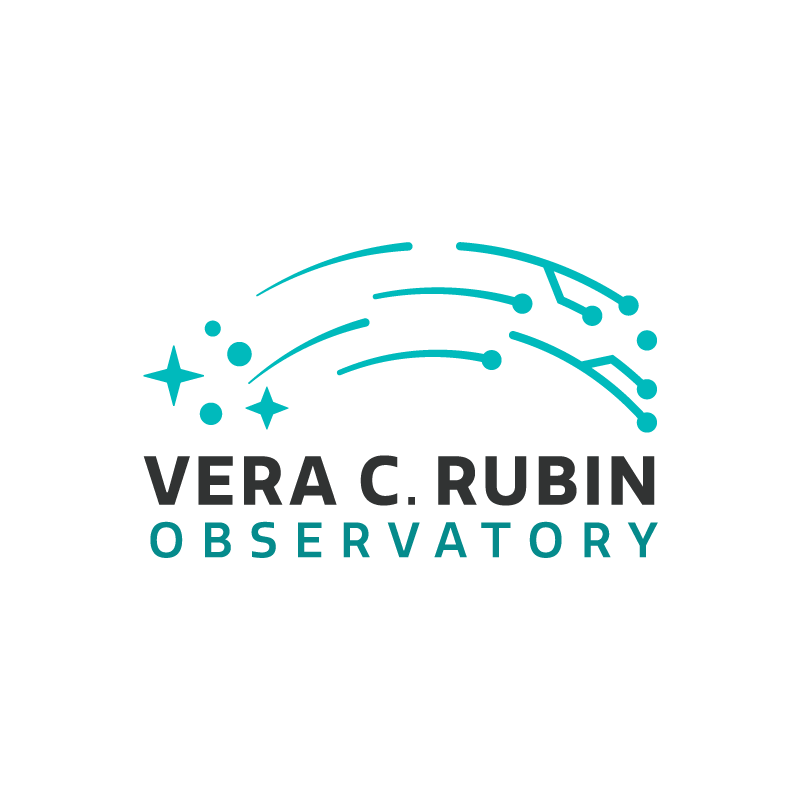Gemini Telescope Images “Minimoon” Orbiting Earth — in Color!
Mysterious object could be natural or human-made, more observations needed to tell the full story
27 February 2020
Astronomers using the international Gemini Observatory, on Hawaii’s Maunakea, have imaged a very small object in orbit around the Earth, thought to be only a few meters across. According to Grigori Fedorets, the lead astronomer for the observations, the object could be a rare natural rocky object, or it could be something humans put into space decades ago — essentially space debris. “Either way this is a very compelling object and needs more data to determine what it is,” said Fedorets.
The newly discovered orbiting object has been assigned the provisional designation 2020 CD3 by the International Astronomical Union’s Minor Planet Center. If it is natural in origin, such as an asteroid, then it is only the second known rocky satellite of the Earth ever discovered in space other than the Moon. The other body, discovered in 2006, has since been ejected out of Earth orbit. 2020 CD3 was discovered on the night of 15 February 2020 by Kacper Wierzchos and Teddy Pruyne at the Catalina Sky Survey operating out of the University of Arizona’s Lunar and Planetary Laboratory in Tucson, Arizona.
The image, obtained on 24 February 2020, shows simply a tiny pinpoint of light against trailing stars. “The stars are trailing because this object is moving relative to the background stars and the 8-meter Gemini North telescope was tracking on this object,” said Fedorets, adding that it is challenging to follow moving objects like this with a big telescope like Gemini. John Blakeslee, Head of Science at the international Gemini Observatory comments, “Obtaining the images was a scramble for the Gemini team because the object is quickly becoming fainter as it moves away from Earth. It is expected to be ejected from Earth’s orbit altogether in April.”
Fedorets, an astronomer at Queen’s University Belfast, and his team are “pulling out all of the stops” to obtain more data on the object to determine its nature. “Additional observations to refine its position will help us determine this mystery object’s orbit and its possible origin,” said Fedorets, adding that its reflectivity is also an important characteristic, as rocky bodies tend to have relatively low reflectivity compared to things like spent rocket boosters.
The international Gemini Observatory is a program of the NSF’s National Optical-Infrared Astronomy Research Laboratory (NOIRLab). Another of NOIRLab’s Programs, the Vera C. Rubin Observatory (once it begins science operations), will conduct a continuous very deep survey of the sky looking for objects like this and other rapidly changing phenomena in the sky. “We expect to find a population of these objects once the Rubin Observatory is operational,” said Fedorets. “Stay tuned!”
More information
NSF NOIRLab (National Optical-Infrared Astronomy Research Laboratory), the US center for ground-based optical-infrared astronomy, operates the international Gemini Observatory (a facility of NSF, NRC–Canada, ANID–Chile, MCTIC–Brazil, MINCyT–Argentina, and KASI–Republic of Korea), Kitt Peak National Observatory (KPNO), Cerro Tololo Inter-American Observatory (CTIO), the Community Science and Data Center (CSDC), and Vera C. Rubin Observatory (in cooperation with DOE’s SLAC National Accelerator Laboratory). It is managed by the Association of Universities for Research in Astronomy (AURA) under a cooperative agreement with NSF and is headquartered in Tucson, Arizona. The astronomical community is honored to have the opportunity to conduct astronomical research on Iolkam Du’ag (Kitt Peak) in Arizona, on Maunakea in Hawaiʻi, and on Cerro Tololo and Cerro Pachón in Chile. We recognize and acknowledge the very significant cultural role and reverence that these sites have to the Tohono O'odham Nation, to the Native Hawaiian community, and to the local communities in Chile, respectively.
Contacts
Peter Michaud
Public Information Officer
NSF’s National Optical-Infrared Astronomy Research Laboratory
Tel: +1 808 974-2510
Cell: +1 808 936-6643
Email: pmichaud@gemini.edu
Grigori Fedorets
Queen’s University Belfast
Email: g.fedorets@qub.ac.uk
About the Release
| Release No.: | noirlab2007 |
| Facility: | Gemini North |
| Instruments: | GMOS-N |
| Science data: | 2020AJ....160..277F |



